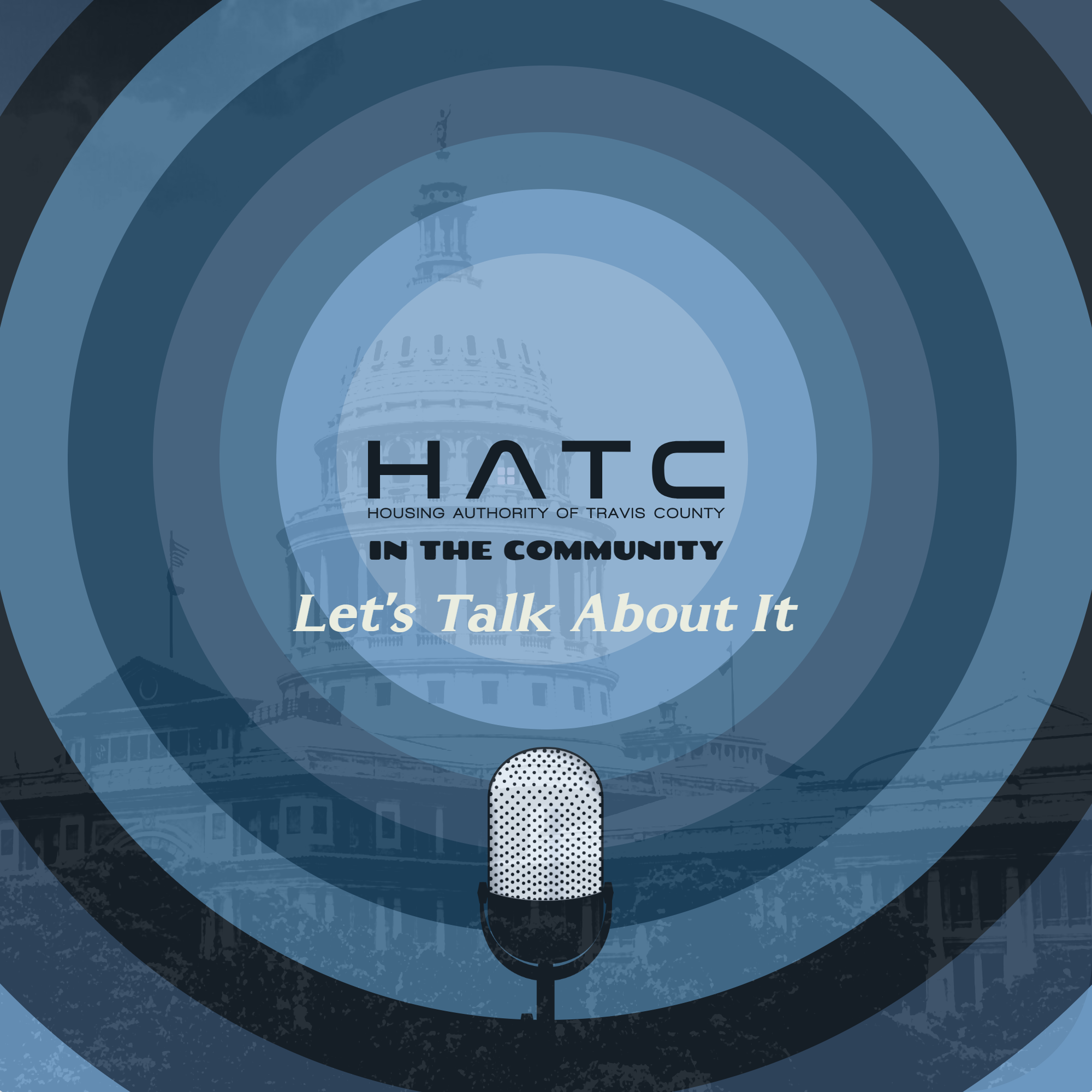Beyond Access: How Housing and "Food Swamps" Impact Our Health
When we talk about food insecurity, the conversation often revolves around "Food Deserts," areas where fresh food is simply unavailable. But there is a more insidious problem plaguing many communities today: The Food Swamp.
In our latest feature, we sat down with Beth Corbett, Vice President of Government Affairs and Advocacy for the Central Texas Food Bank, to discuss why access to calories isn't the same as access to nutrition, and how the stability of your housing dictates the quality of your diet.
What is a Food Swamp?
Unlike a food desert, which is defined by a lack of food, a food swamp is an area flooded with unhealthy, highly processed food options. Think of a neighborhood where fast-food chains and convenience stores outnumber grocery stores four to one.
In these environments, food is abundant, but nutrition is scarce. This creates a paradox where individuals may be consuming high-calorie diets while remaining malnourished, leading to chronic health issues like diabetes and hypertension.
The Housing-Hunger Connection
One of the most powerful takeaways from this discussion is the inextricable link between housing and hunger.
We cannot expect individuals to prioritize fresh produce if they do not have a stable home, a working refrigerator, or a stove to cook on. As Ms. Corbett points out, "Housing is Healthcare." Addressing nutrition requires a holistic approach that looks at the social determinants of health. If a person is worried about eviction, they rarely have the mental bandwidth or resources to worry about meal prepping.



